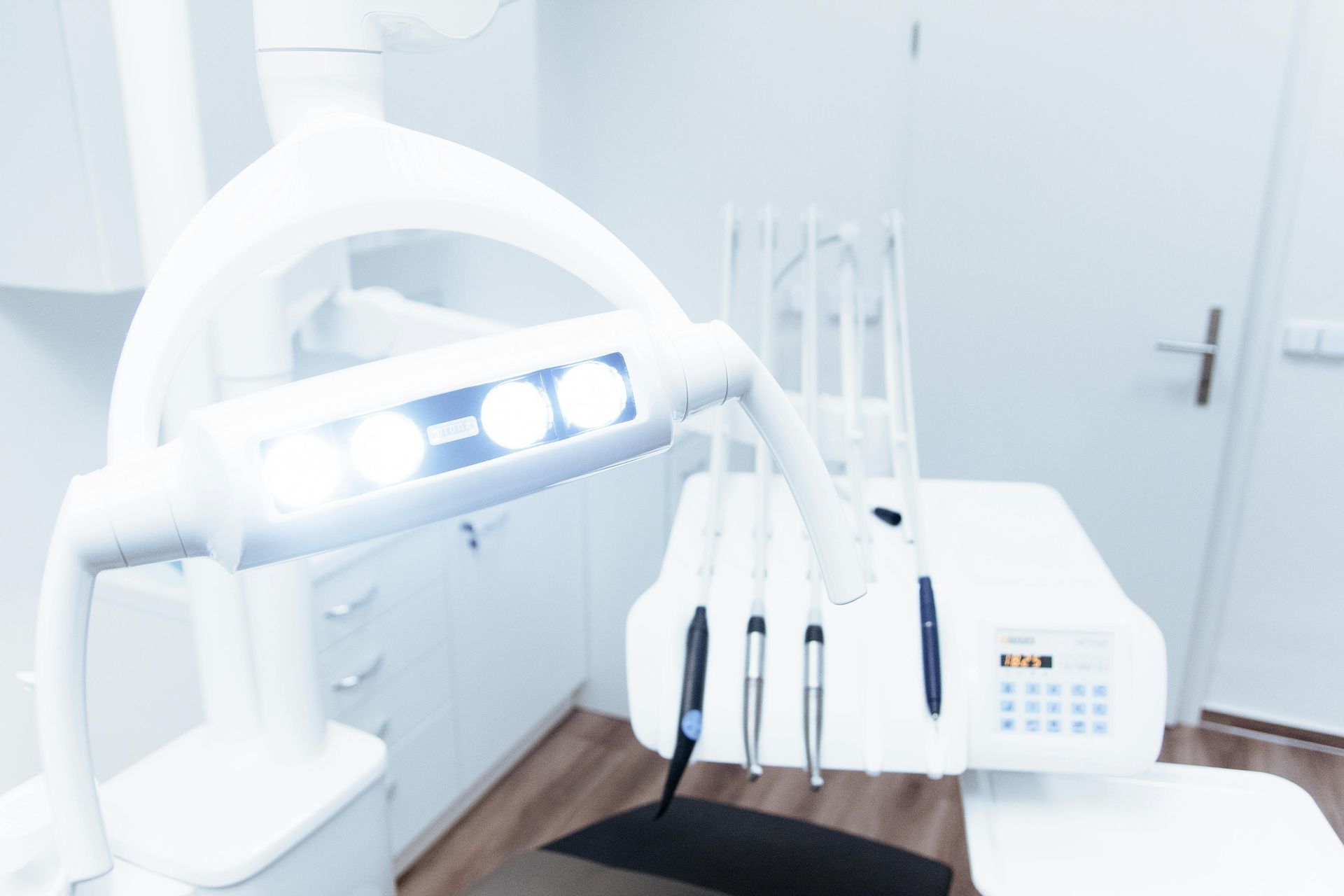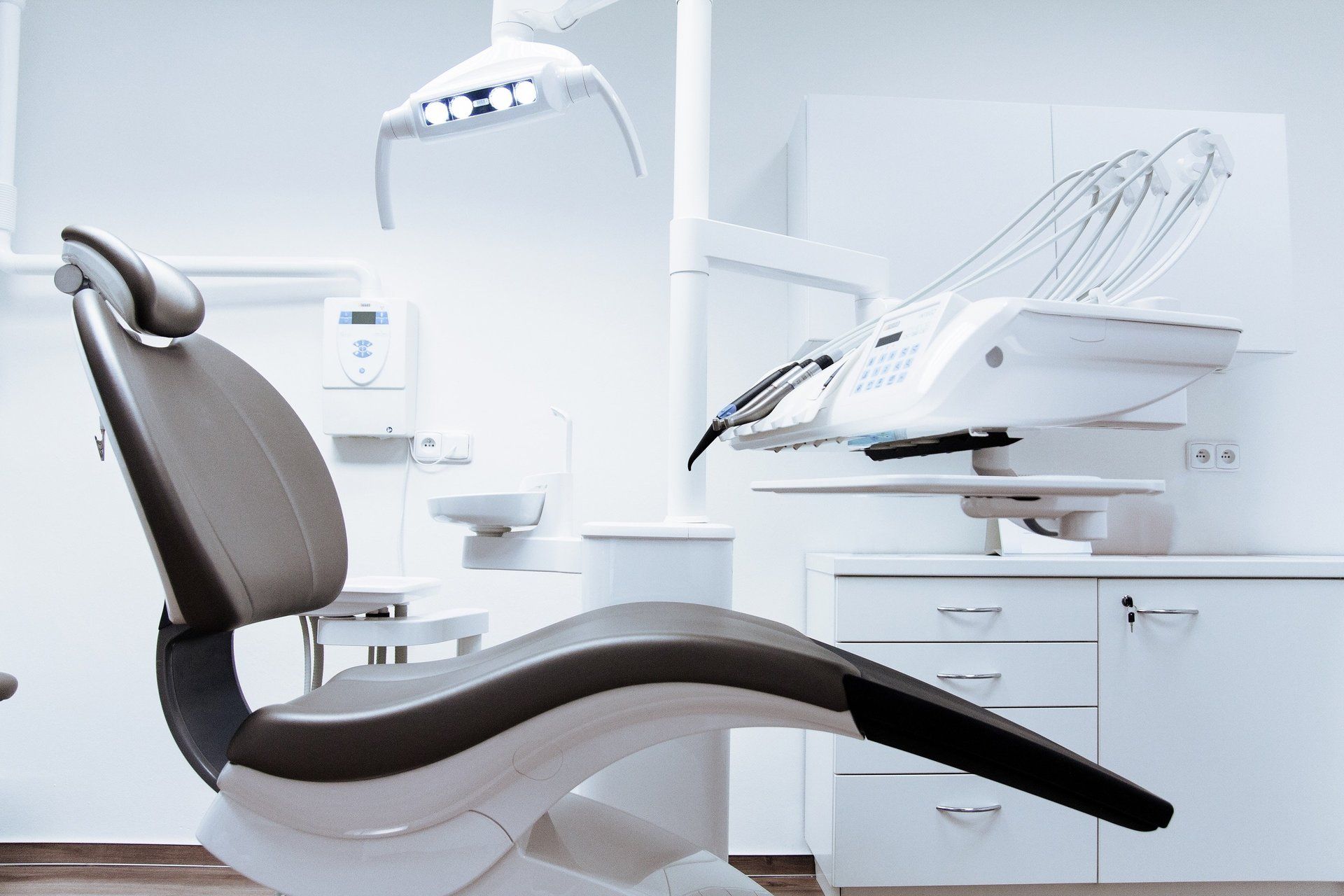Foods that can whiten or stain your teeth
Teeth whitening continues to be a goal for many people and in addition to the teeth whitening services that are offered at your dental office, and in addition to the different over-the-counter teeth whitening remedies, it is good to be aware of foods that can both help to keep your teeth white and food/drinks that can stain your teeth.
First let us start with the good news. There are five different foods that are known to help keep your teeth white, and they also all offer additional nutritional and health benefits.
1. Cheese : That’s right! Good news for dairy lovers is that cheese, (along with other dairy products, including yogurt and milk), contain lactic acid, along with calcium, which is a known enamel-fortifying mineral, and lactic acid and calcium work to strengthen your teeth and whiten them. In addition, chewing on cheese promotes the saliva production in your mouth, and this helps to wash away any food particles that could stain your teeth
2. Cauliflower : Cauliflower is one of those foods that take a long time to chew. When a food takes longer to chew, that stimulates the saliva production in your mouth more than usual. Saliva is a natural cleanser for your mouth and by eating cauliflower, you can be sure to keep those pearly whites bright
3. Celery : Like cauliflower, celery is another food that takes a long time to chew, so it also stimulates saliva, which washes away food particles and keeps your gums healthy. Other benefits of celery include being a fibrous vegetable that is low in calories and being rich in nutrients
4. Strawberries : Strawberries are not as obvious of a choice to be a food that can help to keep your teeth white, due to their dark color, but strawberries contain the enzyme, malic acid, which naturally works to make your teeth whiter
5. Apples : When you chew on apples, you need to chew quite a few times, and the act of chewing is a natural mouth cleanser. The texture of apples also affords a bit of a scrubbing action in your mouth, and this helps to keep your teeth shining bright
It is also good to be aware of food and drinks that can cause your teeth to be stained. These food and drinks include:
1. Blueberries : Unfortunately, the dark color of the blueberries is known to cause stains on teeth. If you do want to eat blueberries, it is good to wash out your mouth with water after, or even better yet, brush your teeth after eating them
2. Coffee/Tea: Drinking black coffee or black tea is another known culprit of teeth staining. If you need to have your morning coffee, try adding in a splash of milk or if you want to drink tea, opt for a green, herbal or white tea
3. Tomato sauce/ketchup : Tomato sauce, along with any other sauce that is tomato based is known to stain teeth because of the high level of acidity in them, along with the bright color. If you can, choose another kind of sauce that is not tomato based or use mustard instead of using ketchup
4. Popsicles : Although a popsicle can be very refreshing on a hot summer day, they are loaded with sugar and food coloring, which can cause stains on your teeth. If you do have a popsicle, it is important to thoroughly brush your teeth afterwards
5. Red wine: Although there are some health benefits of drinking red wine, red wine is notorious for staining teeth. Make sure you flush your mouth with water after, or you might choose to have a glass of white wine to switch it up
If you are concerned about the color of your teeth and would like to know more about what teeth whitening options are safe and will be most effective for you, contact us today.











